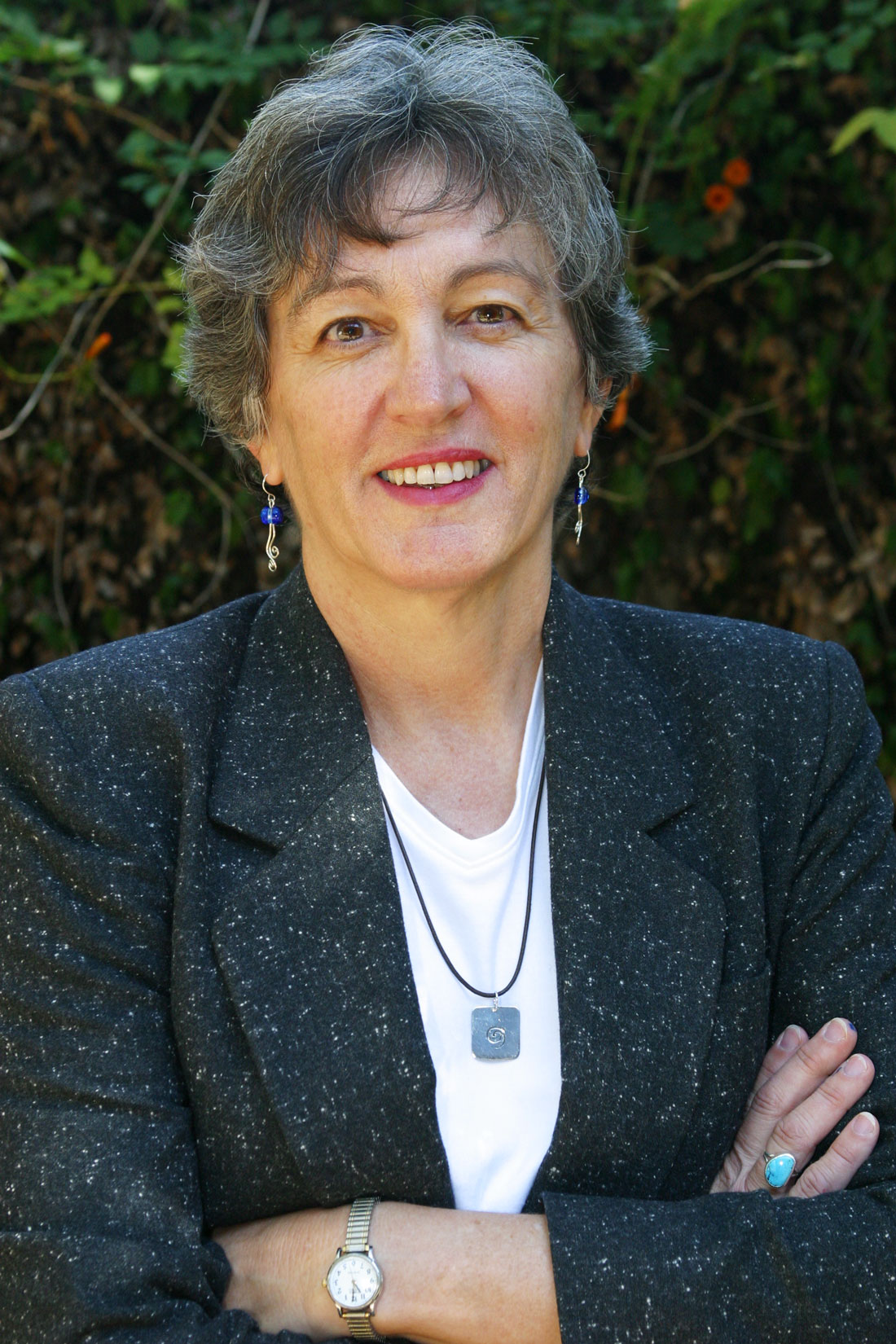It’s not nice to say “I told you so,” but … in February I predicted that the United States would seek a one-to-one deal on climate change with China this year. And in late May, the Guardian revealed that a memorandum of understanding on exactly such a deal already exists. That is very good news.
John Holdren, now President Obama’s chief scientific adviser, told me last year that he’d been talking to the Chinese leadership and that they were ready for a deal on climate, but he said nothing about a bilateral deal with China. Nevertheless, that was obviously what was needed: There is no other point of departure that could get the world to the finish line on time.
The finish line is a global deal on cutting emissions fast enough to avoid runaway warming, supposed to be wrapped up and signed in Copenhagen this December. But 117 countries are taking part in the negotiations, and there is not a chance in a thousand that they can all arrive at the finish line together and on time without some template for an agreement. The real purpose of a U.S.-Chinese climate deal is to provide that model.
The deal would be very useful just on its own. Together, the two countries account for 40 percent of the world’s greenhouse gas emissions. But if the U.S.-Chinese agreement can become the model, with other rich countries accepting the same terms as the United States and other rapidly developing countries making the same commitments as China, we might actually end up in December with a global deal worth having.
Work on the bilateral deal began in the dying days of the Bush administration. On the American side, the driving forces were Holdren and Bill Chandler, director of the energy and climate program at the Carnegie Endowment for International Peace. It is not a done deal yet, but Chandler predicts it will happen by autumn and that it will be “serious” and “substantive.”
The draft agreement, drawn up by Holdren and Chandler late last year, has three main points: The United States and China will use existing technologies to cut carbon emissions by 20 percent by 2010, they will cooperate on new technologies including carbon capture and storage and better fuel efficiency in vehicles, and they will both join the global agreement in Copenhagen. This draft has not been signed, but the official who’s driving this on the Chinese side has agreed to it.
A deal like this will not end the climate crisis, even if all the other big emitters accept similar terms. We’re already committed to so much warming that there will be famines, waves of refugees, and wars in some of the worst-hit regions no matter what we do now. But if a U.S.-Chinese deal leads to a workable agreement in Copenhagen, that could give us time to preserve most of the world we know in a more or less recognizable form.
A 20 percent across-the-board cut in emissions by 2010, or even by 2012 or 2013, would be an excellent start. And in the meantime, Obama has just cut a deal with the auto industry on fuel efficiency that will make a real difference to American emissions. The U.S. has the highest rate of car ownership and the worst fuel efficiency rates in the world. U.S. cars emit more carbon dioxide per year than all the cars in Japan, China, India, Russia, France, Italy, Germany, Britain, and Canada put together.
The average 35.5 mpg target first set by Gov. Arnold Schwarzenegger in California has now been adopted by Obama for the whole country. That will eventually cut vehicle emissions by 40 percent and could cut U.S. oil imports by up to half over the next decade.
By the time the United States reaches the 35.5 mpg target in 2016, most other countries will have moved on to an average of 45 mpg or better. (China’s current requirement is 43 mpg, and the European Union’s target is 47 mpg by 2012.) Having left things so late, the U.S. will be playing catch-up for a long time – but at least it will be back in the game. And China is finally talking about cutting its emissions, too.
“There are these two countries that the world blames for doing nothing, and they have a better story to tell,” said Terry Tamminen, Schwarzenegger’s environmental adviser, who was at the talks in China.
Things are moving in the right direction at last.
Gwynne Dyer is a London-based independent journalist whose articles are published in
45 countries.











